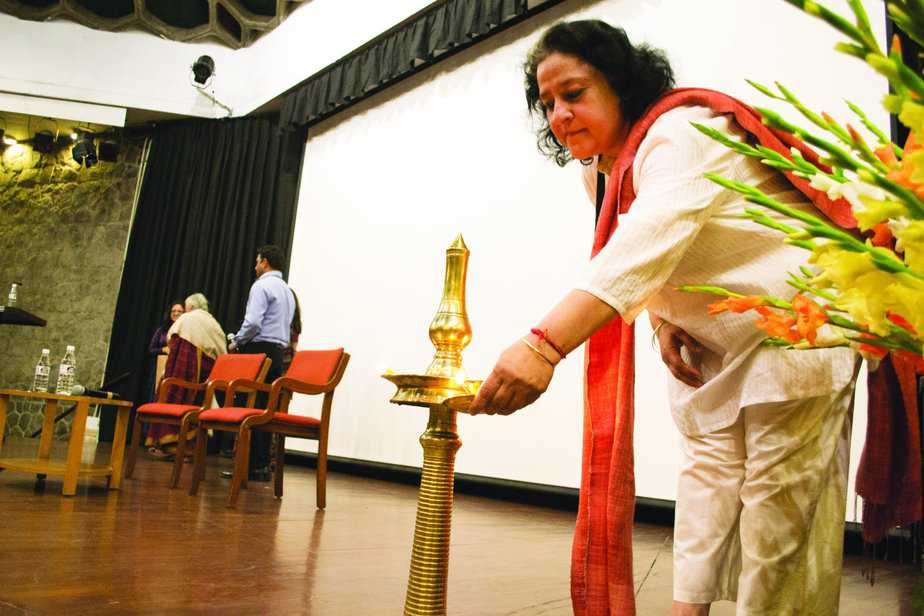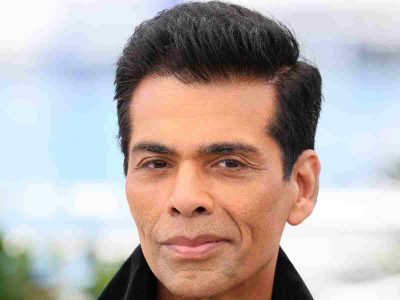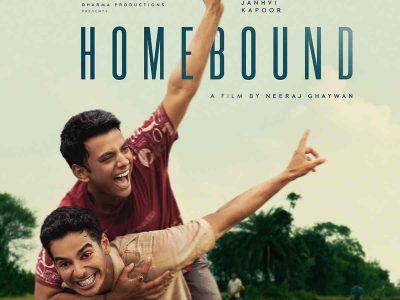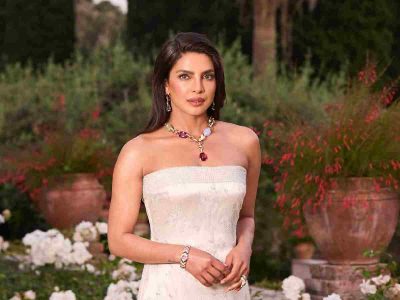An interview with IAWRT Festival Director Aradhana Kohli Kapur
This is the only festival of its kind in India. The Asian women’s film festival is organised every year by the International Association of Women in Radio & Television (IAWRT)-India chapter. The 14th edition has just concluded at the India International Centre (IIC) in New Delhi, showcasing the best films made by Asian women from across the globe.
A non-profit, IAWRT is in consultative status with United Nations Economic and Social Council (ECOSOC). It organises conferences, film festivals and other allied activities. It also offers scholarships for professional advancement and grants for research projects.
Festival director Aradhana Kohli Kapur, a graduate of Jamia Milia Islamia, started out by volunteering for IAWRT’s festival long ago. She answers questions about the festival.
How many film entries did you get this year?
We received 220 entries from 23 countries from around the world; we screened 73 films from 19 countries in the general, animation and experimental and student categories.
How many film-makers came to show their work?
The festival is an important part of New Delhi’s cultural calendar. Twenty-one Indian and eight foreign film-makers attended the festival and screened their films, participated in discussions and spoke about their art and craft but also provided insights on the socio-cultural milieu which provide the context to their body of work.
Where does the funding come from?
The festival is supported by the Goethe Institute (Max Mueller Bhavan), Korean Cultural Centre, The Japan Foundation, Jagori, WISCOMP, Action Aid, GAIL, Oil and Natural Gas Corporation Limited (ONGC), the Israeli Embassy, and Cinestaan, among others. We have been organizing the film festival in partnership with India International Centre since 2005.
Besides screening films, what other activities did you have during the festival?
Our festival had a variety of activities. We hosted two seminars with support from WISCOMP. ‘Voice Studio,’ a panel with young people from across the country discussed the spaces available to them for articulating dissent within the Indian democracy. The second panel, ‘Weaving Peace-A Women’s Perspective,’ discussed the role women play in resolving conflict and building peace. An important objective of the festival is to reach out to media students and young filmmakers to facilitate critical thinking and dialogue on gender concerns and to enhance their skills.
Also, a Sound and Camera Workshop was held on camera, scripting, and editing. It was conducted by ace cinematographer Fowzia Fatima and audiographer Shalini Agarwal. Both are highly acclaimed alumni of the Film and Television Institute of India (FTII) Pune.
This four-day workshop for film students and others with an interest helped them in fine-tuning their skills at video documentation through hands-on exercises to shoot the ongoing activities at the film Festival and by helping the students to execute assignments.
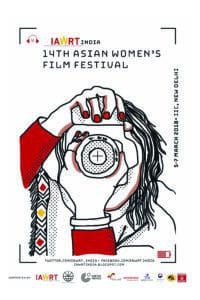
Tell us about films which you found interesting.
A: I saw” Ek Inquilab Aur Aaya”, made by Uma Chakarvarthy. Her documentray is based on Firangi Mahal, an institution for nationalist Islamic scholarship founded in the late 17th centuary. Through two women, Sughra Fateema and her niece Khadija Ansari, it tells the unknown stories of women and their struggles to find their own ways of being in a time of dramatic changes. One wrote poetry to express herself and the other became a student activist who went to jail for being a revolutionary.
“Happy Belly” from Japan is a short film made by Atsuko Miyake. It is an animation film. The story starts with a man who gives an apple to a woman and she gets a baby!
There was a Korean animation film titled “My Father’s Room” by Jang Nari. The story starts when she was abused by her father during childhood. After he left, her pain and anger had begun to fade. One day, unexpectedly, she was stuck by a revelation about her father’s life that cast her feelings about him into confusion.

